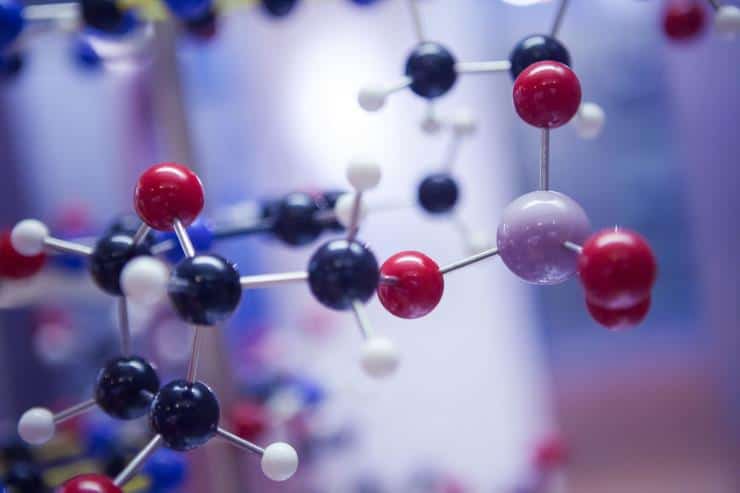If you’ve ever wondered how can scientists determine the relatedness of different species and how much time has passed since they diverged, a molecular clock could have come on your radar. What is a molecular clock and how is it used? Let’s find out.

The molecular clock is a method that can tell how long ago two or more species diverged depending on the degree of difference in DNA between these species. Read here if you do not know what DNA is.
DNA changes through evolution and can tell time
The DNA of any species changes through evolution. With each new generation, some letters get replaced, and some chunks get duplicated, deleted, or moved around. Over millennia, these changes accumulate, and the number of changes serves as an indicator of how much time has passed.
The idea first came with an observation that proteins, such as hemoglobin, change at an almost constant rate regardless of species. Since humans and chimps are close relatives, our hemoglobins are almost identical. If, however, you compare our hemoglobin to a more distantly related species, such as frogs, you’d see that our hemoglobins are even more different.
Learn more: Do you know what proteins are?
Eventually, it turned out that the degree of difference among hemoglobins is relative to how long ago the last common ancestor of the two species lived. Since proteins are coded by genes, the knowledge about changes in proteins can be used in genetics, as well. That means, DNA differences among species can tell geological time.
Molecular clock: Imprecise, yet useful
Sounds like a gold mine: you can create a timeline of species divergence, be it plants, animals, or bacteria, just by comparing their DNA. But not so fast — in order to do so, you must overcome some obstacles.
- First, the molecular clock tells a relative time. It cannot say that humans and chimps diverged five million years ago. It can, however, tell that humans and Old World Monkeys diverged about six times longer ago than humans and chimps did. Good news — if you know how long ago one of these events occurred, you can calculate the other.
- Second, the original molecular clock assumes that the mutation rate is constant across different groups of organisms. While this is close to being true, it isn’t absolute. The rate of mutation actually varies considerably across different branches of the tree of life, and it also varies across time. Similarly, while evolution is a slow and gradual process, some acceleration and deceleration do occur. If one wants to use the molecular clock, these events must be acknowledged.
- Third, the molecular clock can’t see double mutations in the same spot. If two species diverged a long time ago, there will be spots in their DNA that have a mutation written over a previous one. If a DNA letter changed from C to A and then to G, your clock will register it as one mutation instead of two. It will also register none if it then changed back to C.
All the above, however, does not deem the molecular clock useless. It just makes it harder to apply. In order to overcome the fact that DNA mutates at different speeds, one must take it into account.
In a similar way, imagine you had a wall clock that accelerated and decelerated depending on weather conditions. Could you use it? Well, not conveniently. But if you knew enough about its behavior, you could come up with a formula that told you the time depending on what it shows and what the weather is like.
Another thing — you should know that your clock would not tell the time in hours. It would not say it is 10 a.m., no. Instead, it might state that your coffee break is already twice as long as the time you have worked before deciding to have a coffee break. That wouldn’t be a very precise method to tell time, but still helpful as hell, right?
The thing is, the molecular clock has a simple idea behind it. DNA evolves at an almost constant rate regardless of the species. If you can accept that this “almost” is very flexible, the molecular clock could become a useful tool for you, especially if you use it with other time-telling methods and clocks.